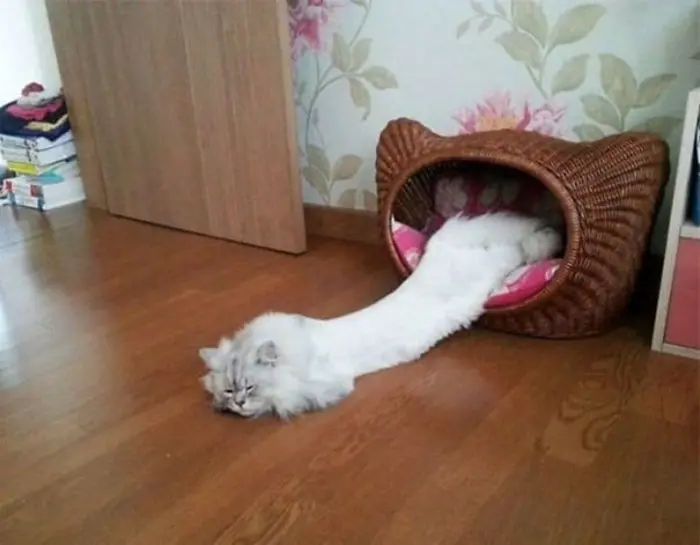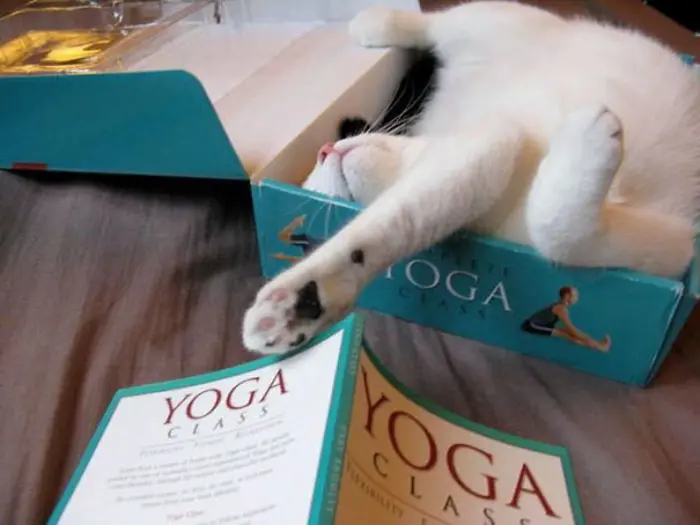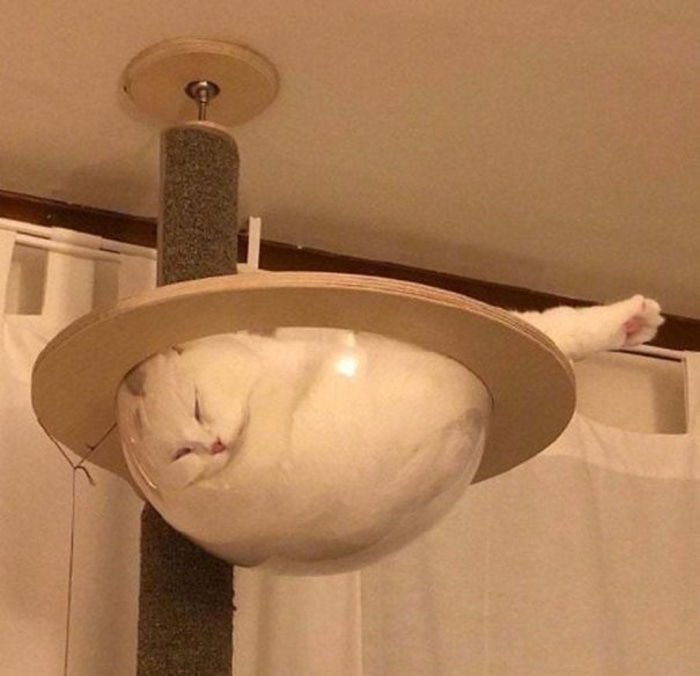Cats have the ability to fall asleep nearly anywhere and this never fails to amuse us humans. However, we also have to point out that some of our furry friends’ preferred slumber spots are rather strange. From the bathtub and curtain rods to plant pots and handrails, sleeping in these unexpected places really requires some skill. With that said, felines prove time and time again that they’re indeed the masters of hibernation.
Admit it, we had all wished to have their superb sleeping skills at one point in our lives. Unfortunately, we also know for a fact that us mere humans can never be at par with these creatures. Because aside from their unique sleeping spot preferences, our feline friends boast some bizarre sleeping positions too!












And we’re not just referring to them sleeping with their bodies facing up or upside down. We’re talking about some serious balancing and stretching skills here as well!
The unique sleeping habits of cats prove that they’re among the most versatile and flexible creatures in the world






In this article, we’ve featured some of the most outrageous nap sightings for your entertainment. So, prepare to laugh your hearts out, and feel free to share with us those that you’ve spotted too!






So, it turns out that our furry friends sleep for an average of 16 to 20 hours per day. Besides, according to Molly DeVoss, certified feline training and behavior specialist, it’s all part of a typical feline’s ambush strategy.






“This strategy consists of stalk, chase, pounce, catch and kill. Cats will eat about 10 small meals throughout a day, which equates to around six cumulative hours of daily hunting; they are sleeping to refuel their energy for the hunt.”





However, this may not be the case for indoor kitty companions as they generally doze off simply out of boredom. While, in other cases, some felines decide to feign sleep as a way to cope with stress. In addition, DeVoss noted that frequent napping during the day may also signify aging. So, be sure to keep an eye on your furry friends for signs of lethargy. And if they manifest such symptoms, then it’s high time to pay your veterinarian a visit.


